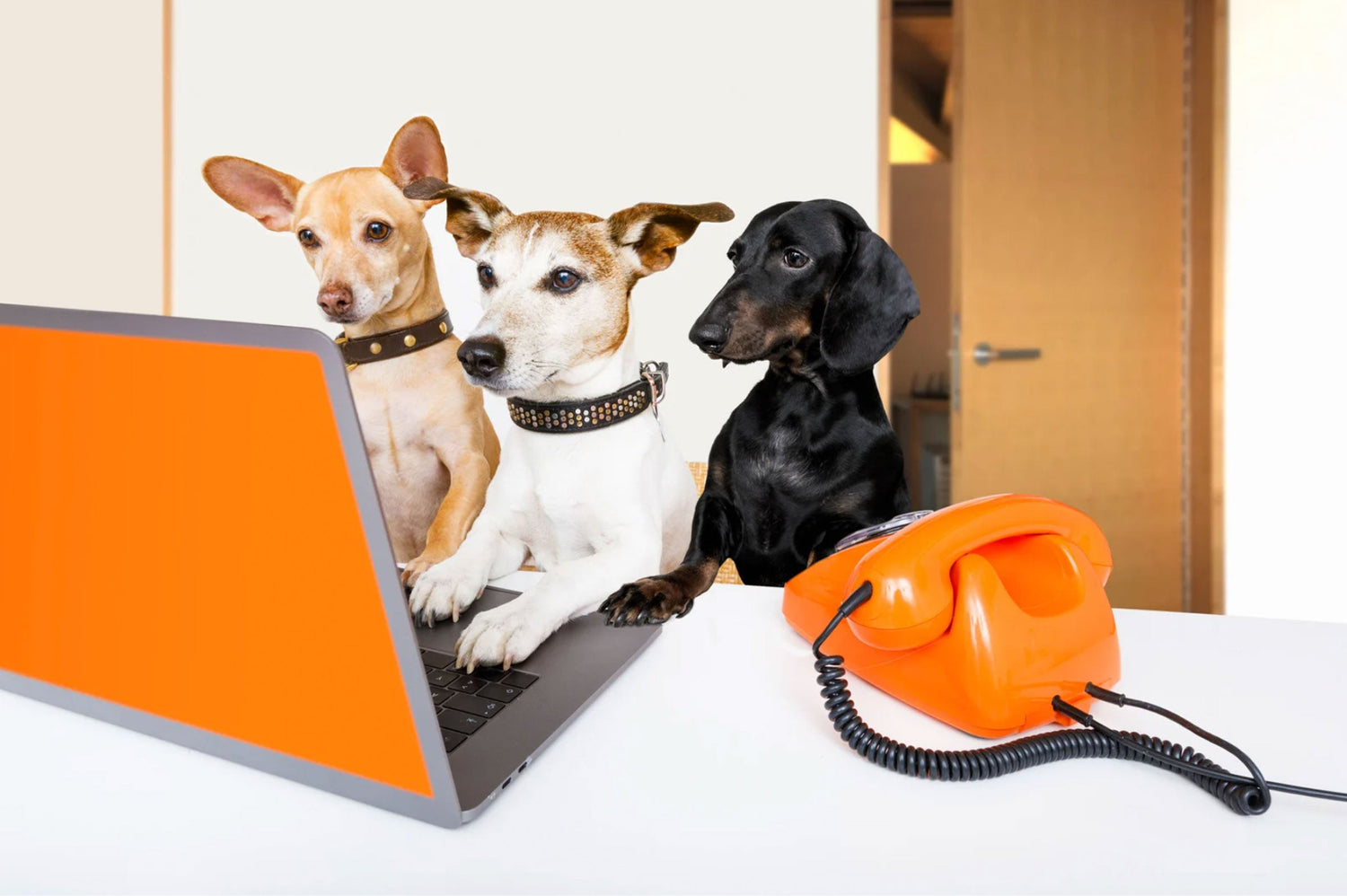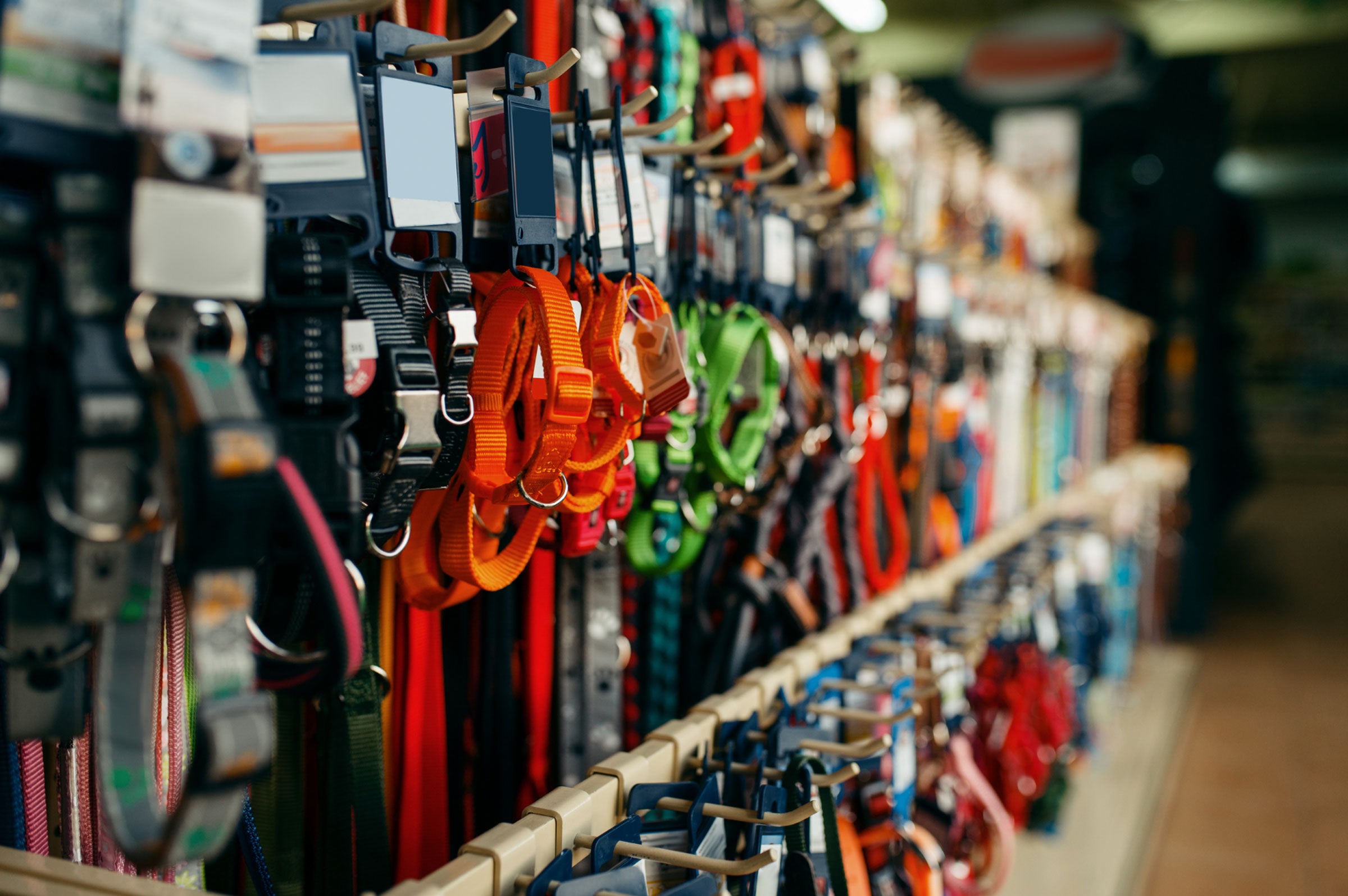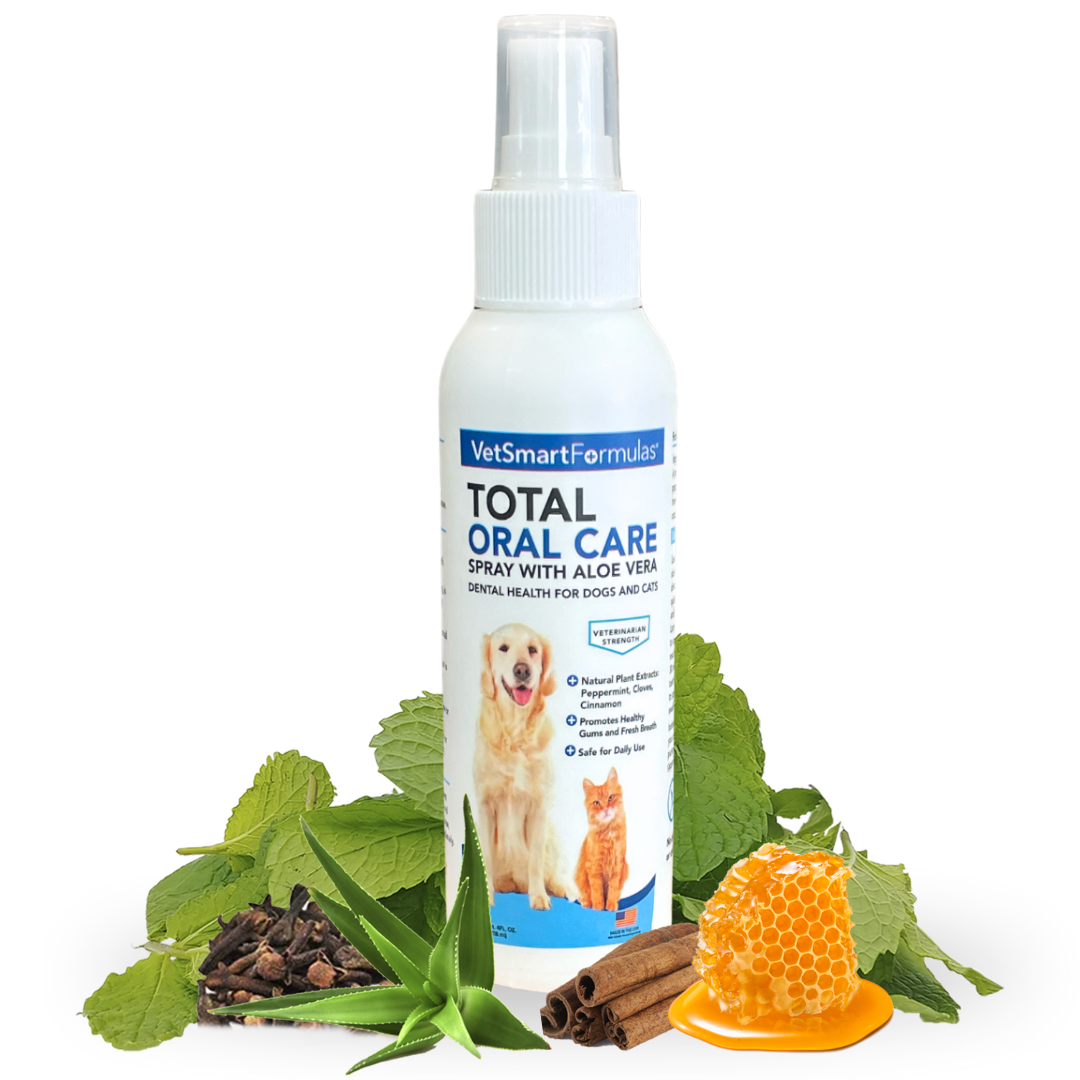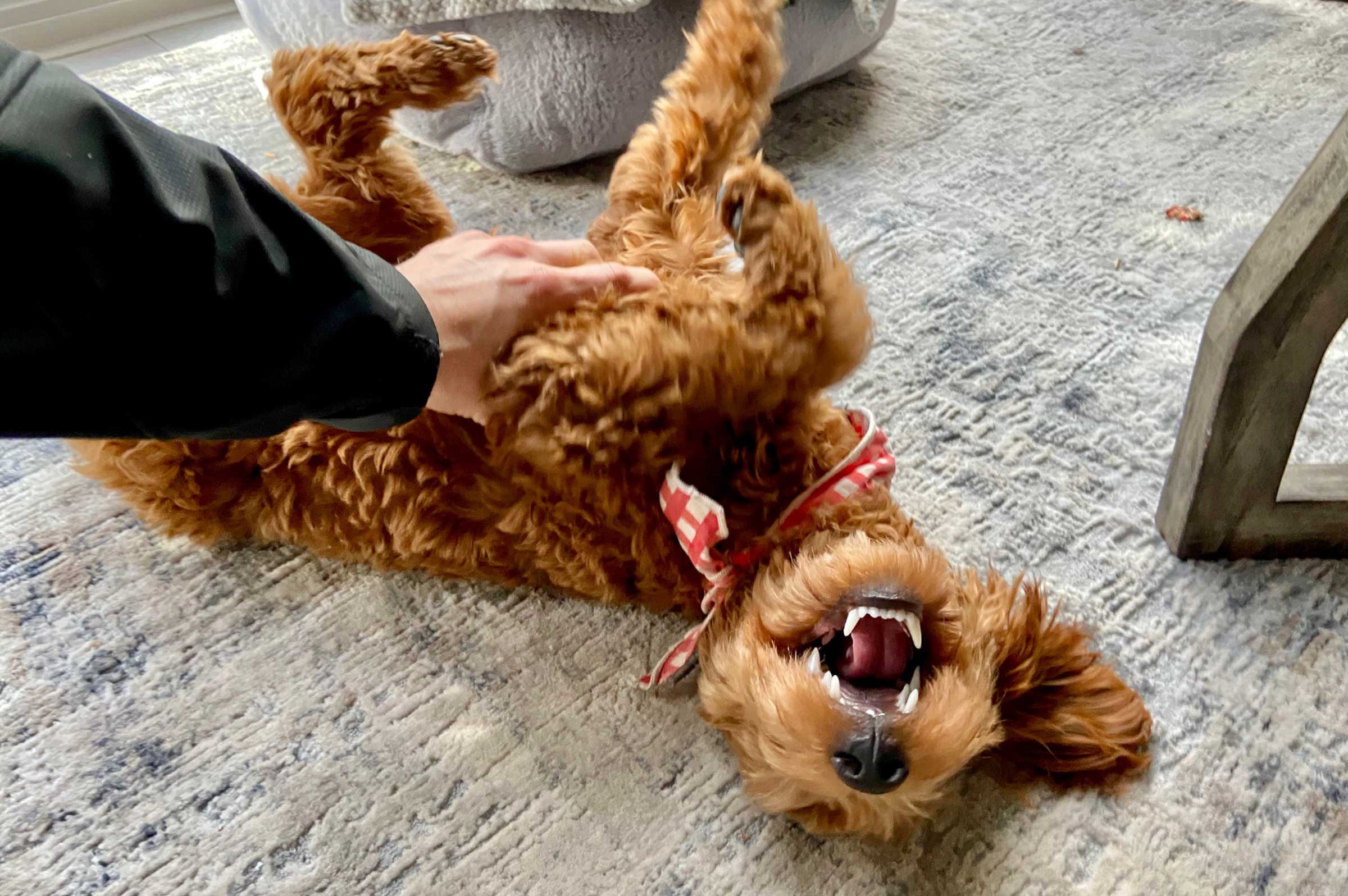Socializing your dog is crucial for their development and well-being, especially if they exhibit fear or anxiety around new canine companions. Here’s a practical guide on how to help your dog become more confident and comfortable around other dogs.
Understand the Signs of Fear
Recognizing the signs of fear in dogs is essential for any pet owner looking to foster a sense of safety and security in their furry friends. Fearful behavior in dogs can manifest in various ways, each indicating a level of discomfort that needs to be addressed. Physical signs such as tail-tucking and ear-flattening are clear indicators of anxiety. Additionally, excessive panting, avoidance of eye contact, or trying to hide can also signify that a dog is feeling scared. It’s crucial to observe these behaviors closely as they provide the first clues about your dog's emotional state in social settings.
Vocalization is another significant aspect of understanding your dog's fear. Dogs might express their anxiety through unusual whining, growling, or barking, which is often different from their normal vocalizations. These sounds can escalate if the dog feels threatened or overly stressed. Moreover, some dogs might display more overt physical symptoms like shaking or attempting to escape from the situation. Recognizing these signs early on is key to effectively managing your dog’s fear and helping them become more confident in their interactions with others.
Start with Controlled Introductions
To introduce your dog to others, begin with canines known to be calm and non-aggressive to ensure a positive experience. It's best to meet in a neutral space like a park to avoid any territorial behaviors from either animal. Initially, keep the meetings short and pleasant, and as your dog becomes more comfortable, you can gradually extend the duration of their interactions.
Use Positive Reinforcement
Positive reinforcement is a powerful tool in helping dogs overcome their fear of new situations and canine companions. By rewarding desired behaviors, such as calm interaction with other dogs or showing curiosity instead of fear, owners can reinforce positive social experiences. Treats, praise, and toys serve as rewards, making the experience enjoyable and worth repeating from the dog’s perspective. This method not only promotes good behavior but also helps build a stronger bond between the dog and the owner. Consistent application of positive reinforcement helps the dog associate new encounters with positive outcomes, encouraging more confident behavior over time.
Implementing positive reinforcement effectively requires consistency and timing. Rewards should be given immediately after the desired behavior to ensure the dog makes the connection between the action and the reward. Regular practice in various settings reinforces these behaviors and helps generalize them across different scenarios. For instance, practicing calm greetings with a variety of friendly dogs in controlled environments can enhance a dog’s social skills and reduce anxiety. Over time, with patience and persistence, positive reinforcement transforms a fearful dog into a confident and sociable pet, ready to take on new friendships and experiences.
Attend Training and Socialization Classes
Consider enrolling your dog in professional training classes that focus on socialization. These classes provide a structured and safe environment for your dog to interact with others under professional supervision. This can be particularly beneficial in managing and guiding their interactions.
Be Patient and Observant
Being patient and observant is key when working to help your dog overcome fear and anxiety around other dogs. Each dog progresses at their own pace, and it's important for owners to respect these individual differences. Forcing a dog into overwhelming social situations can lead to negative experiences that reinforce fear rather than alleviate it. Instead, owners should carefully observe their dog's reactions to different scenarios and adjust their approach accordingly. This might mean taking a step back if the dog shows signs of stress or slowly increasing exposure to social situations as the dog becomes more comfortable.
Observation is crucial not just for understanding a dog's current state, but also for tracking progress over time. By noting how a dog's reactions change in response to different environments and interactions, owners can better tailor their training methods to suit the dog's needs. This might involve noting what types of dogs or environments cause more stress or whether certain rewards are more effective in encouraging positive behavior. With a careful and patient approach, coupled with diligent observation, owners can make informed decisions that help their dogs become more confident and social creatures.
Final Thoughts
Helping your dog overcome their fear of new dogs involves understanding their needs, introducing them slowly to new situations, and using positive reinforcement to build their confidence. With patience and careful observation, you can help your pet enjoy the company of other dogs and grow into a well-adjusted companion.
Take advantage of the need for positive reinforcement, and use supplements as a treat for your furry friend. This way you can not only tackle your dog’s shyness, but also build a positive association for taking their supplements regularly, and prevent unnecessary weight gain. All-natural supplements, like our Critical Joint Relief are not only great as a treat substitute but will help your best friend with common problems like arthritis and hip dysplasia.











